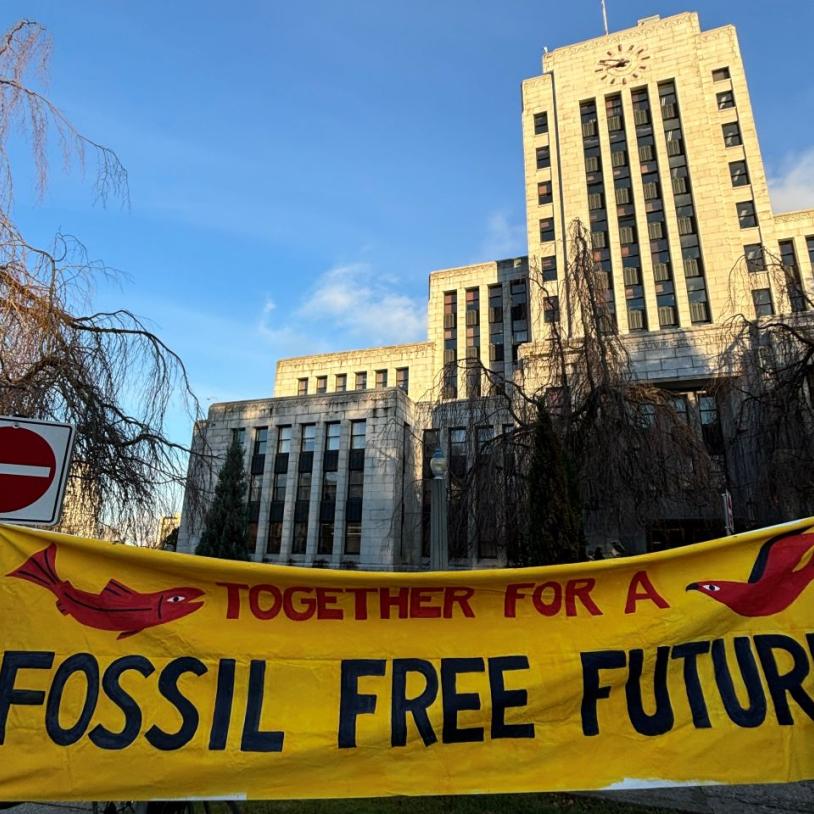B.C. leads Canada in polluted sites
Thursday, May 21, 2009B.C. has the most contaminated sites on federal land of any province in Canada, figures just released by the Treasury Board reveal.
B.C. has 4,088 contaminated sites on federal land, while the next-closest province, Ontario, has 3,799. Quebec came third with 1,915.
And the provincial government has identified almost 8,000 more contaminated sites in B.C., on B.C. Crown and private land.
On B.C. Crown land, cleanup has been started or finished on 48 sites.
B.C. taxpayers are increasingly at risk of paying for cleanup on remaining contaminated zones as time goes by, said Randy Christensen, a lawyer for Ecojustice, formerly called Sierra Legal.
“Just letting these sites sit unattended and uncared for makes it more likely that the taxpayers are going to pick up the tab for them,” Christensen said.
While B.C. has prioritized sites on Crown land in response to a damning 2002 auditor-general’s report, thousands of contamination zones on private land remain unprioritized.
At the federal level, each of 21 departments is responsible for contamination on its land, resulting in fragmentation of responsibility.
“There’s not a central body that manages countrywide,” said Frank Dugal, administrator of the Treasury Board’s contaminated-sites inventory.
On B.C. Crown lands, the Ministry of Lands has taken the lead agency role, prioritizing sites annually.
Since 2001, B.C. has earmarked $193 million and spent $97 million for cleanup on Crown sites, believed to number 2,000 to 3,000, said
Brian Clarke, director of the ministry’s restoration branch.
Of the $193 million, $183 million is for just two sites: the Britannia mine and the contaminated land where Expo 86 was sited.
Most contaminated areas pose no significant threat to health or the environment, Clarke said.
“We’ve made a conscious decision to not go out and spend a lot of time and money trying to identify every one of them,” Clarke said. “The majority of them are low risk.”
Mining is a valuable component of B.C.’s economy, but cultural and natural resources can be easily destroyed in the stampede to exploit mineral riches, said Andy Miller, a scientist for the Vancouver-based Wilderness Committee.
Two proposals under consideration threaten severe devastation, Miller said. In northern B.C., the Shell oil company plans a massive, 1,600-mine coalbed methane extraction project in the headwaters of three rivers critical to salmon: the Skeena, Nass and Stikine.
“You’re talking about a reasonably high probability of eliminating the three biggest salmon fishery rivers in the world,” Miller said. “Not to say it shouldn’t go ahead, but let’s put the brakes on . . . to see if there’s any way this thing can be contained.”
Shell said in a statement that no water from coal seams would be discharged into streams.
In Clayoqout Sound, the government is allowing exploration by a company proposing a copper mine, despite a serious contamination issue at a defunct copper mine 50 kilometres away on Mt. Washington, Miller said.
“The science of dealing with toxicity and contamination needs so much work. We’re in the Stone Age,” Miller said. “We need to see massive government and corporate support of scientific development.”
© (c) CanWest MediaWorks Publications Inc.





